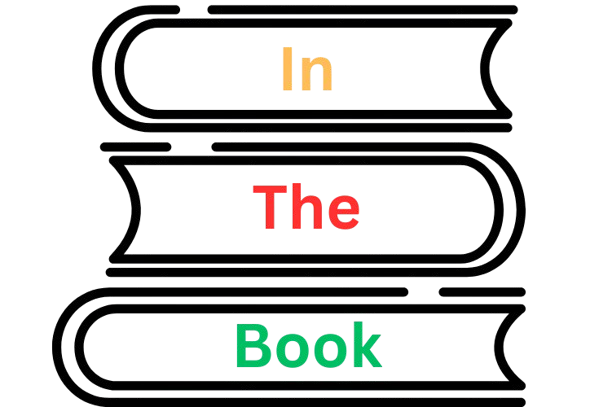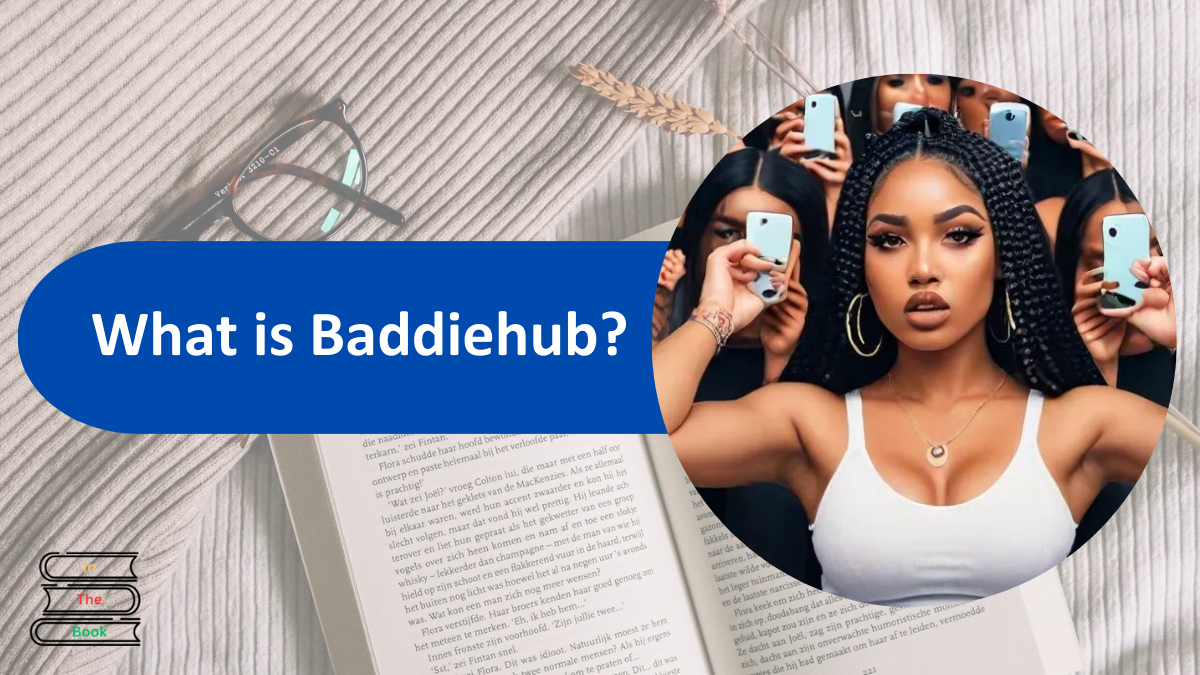Reading can spark curiosity and creativity in ways a textbook never can. When students see themselves in a story or encounter an image that resonates, they become invested in the words on the page. That connection often carries over into writing assignments, turning a chore into a chance to explore ideas that matter.
Many learners feel more confident when they tackle subjects they already enjoy. In fact, when students encounter Shakespeare essay topics in familiar contexts, they report higher engagement during both reading and writing tasks. That sense of ownership grows when educators harness personal preferences to guide lessons and tools.
Harnessing reading interest is not a one-size-fits-all project:
It requires knowledge of genres, formats, and themes that resonate with each learner.
In this article, we will examine why reading interests fuel writing motivation, explore how to measure their impact on performance, and share practical strategies to put this into practice.
Let’s get it started!
Contents
- Reading Interests in Today’s Classroom
- Why Reading Choices Drive Writing Motivation
- Measuring the Impact on Writing Performance
- Practical Strategies to Connect Reading and Writing
- Choice-Based Prompts Aligned to Genres
- Thematic Book-Write Workshops
- Digital Platforms That Bridge Reading and Writing
- Frequently Asked Questions
- Final Thoughts
Reading Interests in Today’s Classroom
Reading interests cover more than just favorite novels. They include:
- Genre preferences such as fantasy, graphic novels, or biographies
- Formats like print, e-book, or audiobook
- Themes ranging from mystery to environmental justice
Together, these elements form a student’s unique reading profile.
A 2024 survey by the Scholastic Kids & Family Reading Report found that 65% of middle schoolers choose graphic novels over traditional text-based fiction. Many cited vivid artwork and fast pacing as key draws. Print still holds strong appeal for 40% of elementary learners, while audiobooks attract students who struggle with decoding or who prefer listening.
Educators must recognize that reading interest is the initial spark for deeper engagement:
When a student feels connected to the material, they are more likely to invest time and energy in it. This initial buy-in paves the way for richer classroom discussions and more meaningful writing projects.
Why Reading Choices Drive Writing Motivation
Self-determination theory (SDT) helps explain why choice matters in literacy:
Autonomy grows when learners select what to read, and competence increases as they encounter familiar structures and vocabulary.
A study published in the Journal of Adolescent & Adult Literacy in May 2023 revealed that students who drafted stories in their favorite genres reported 30% higher writing enjoyment. They described feeling freer to experiment with language and structure. That freedom stems from a sense of comfort and mastery that transcends generic prompts.
When writing tasks align with reading interests, students view assignments not as obligations but as creative opportunities. Instead of writing about a topic they know little about, they can draw on personal enthusiasm. That shift reinforces intrinsic motivation, prompting students to invest more effort in revising and polishing their work.
Measuring the Impact on Writing Performance
Quantitative data makes the case clear. In a district-wide assessment of 1,200 essays, students recorded their reading frequency and writing scores. The results looked like this:
| Reading Frequency | Average Writing Score (out of 100) | Percentage Above Proficiency |
| Never/Monthly | 68 | 42% |
| Weekly | 75 | 58% |
| Three Times+ | 82 | 72% |
Students who read three or more times per week outscored their peers by an average of 14 points. Teachers noted sharper vocabulary choices and more varied sentence structures among high-frequency readers.
Qualitative feedback reinforced these numbers. In focus groups, educators observed that engaged readers approached writing with curiosity rather than dread. They asked more questions, drafted longer outlines, and revised more thoroughly.
Practical Strategies to Connect Reading and Writing
Choice-Based Prompts Aligned to Genres
Provide a rotating menu of writing options tied to popular genres. For example, consider offering a dystopian diary entry, a sports commentary, or a personal memoir of a significant event.
Allow students a week to select a task that resonates with them. Rotate options monthly to reflect trending reads such as BookTok favorites or new releases.
Thematic Book-Write Workshops
Host weekly workshops where students discuss a shared text and then complete a related writing activity. After reading a short fantasy story, learners might draft an origin tale for a secondary character.
Use graphic novel panels as visual prompts to spark narrative ideas and scaffold the writing process.
Digital Platforms That Bridge Reading and Writing
- Goodreads Classroom: It gives teachers a shared reading space where students can track books, write reviews, and respond to custom prompts. Educators create reading groups, assign titles, and pair each book with a tailored writing task.
- Epic! for Educators: It features a vast, leveled library filtered by age, genre, and theme. Within each title’s page, teachers embed writing prompts that students complete after reading the material. The platform’s progress reports highlight reading time and prompt completion rates, helping instructors tailor follow-up lessons and feedback.
- Storybird: It offers an art-driven approach to merging literature and writing. Students browse curated illustrations or visual prompts and then craft original stories, essays, or poetry inspired by the artwork. Teachers set parameters such as genre or word count.
- Seesaw: It’s a student portfolio platform that lets learners upload reading reflections, journal entries, and written responses directly alongside scanned book pages or audio excerpts. Teachers leave voice or text feedback on each submission. Multimedia integration supports struggling readers and writers by allowing them to demonstrate comprehension in multiple formats.
- Padlet: Its digital bulletin board format encourages collaboration on reading and writing projects. Instructors post a text excerpt or a link to an e-book, and then students respond with essays, story extensions, or critical analyses in threaded columns. Real-time commenting and peer review foster a community of writers who build on each other’s ideas and voices.
Frequently Asked Questions
- How often should students choose their reading materials?
Aim for one free-choice slot per week. Consistency builds autonomy without overwhelming standard curriculum requirements.
- What if a student’s interests fall outside the scope of school texts?
Adapt assignments. A horror fan might write a spooky research report on the impact of climate change in their region. Link curriculum goals to personal interests whenever possible.
- How do you assess fairly when topics vary in complexity?
Use a skills-based rubric that focuses on organization, vocabulary use, coherence, and argument strength. Content knowledge becomes secondary to writing craft.
Final Thoughts
Reading and writing are two sides of the same coin. When students engage with texts they love, writing assignments transform from tasks to explorations. By defining reading interests, aligning prompts to genres, and leveraging digital platforms, educators can boost both motivation and measurable performance.
Try piloting a genre-matched writing week in your classroom. Small shifts in choice and design can lead to significant gains in engagement and achievement. Start today and watch your students’ writing flourish.


























